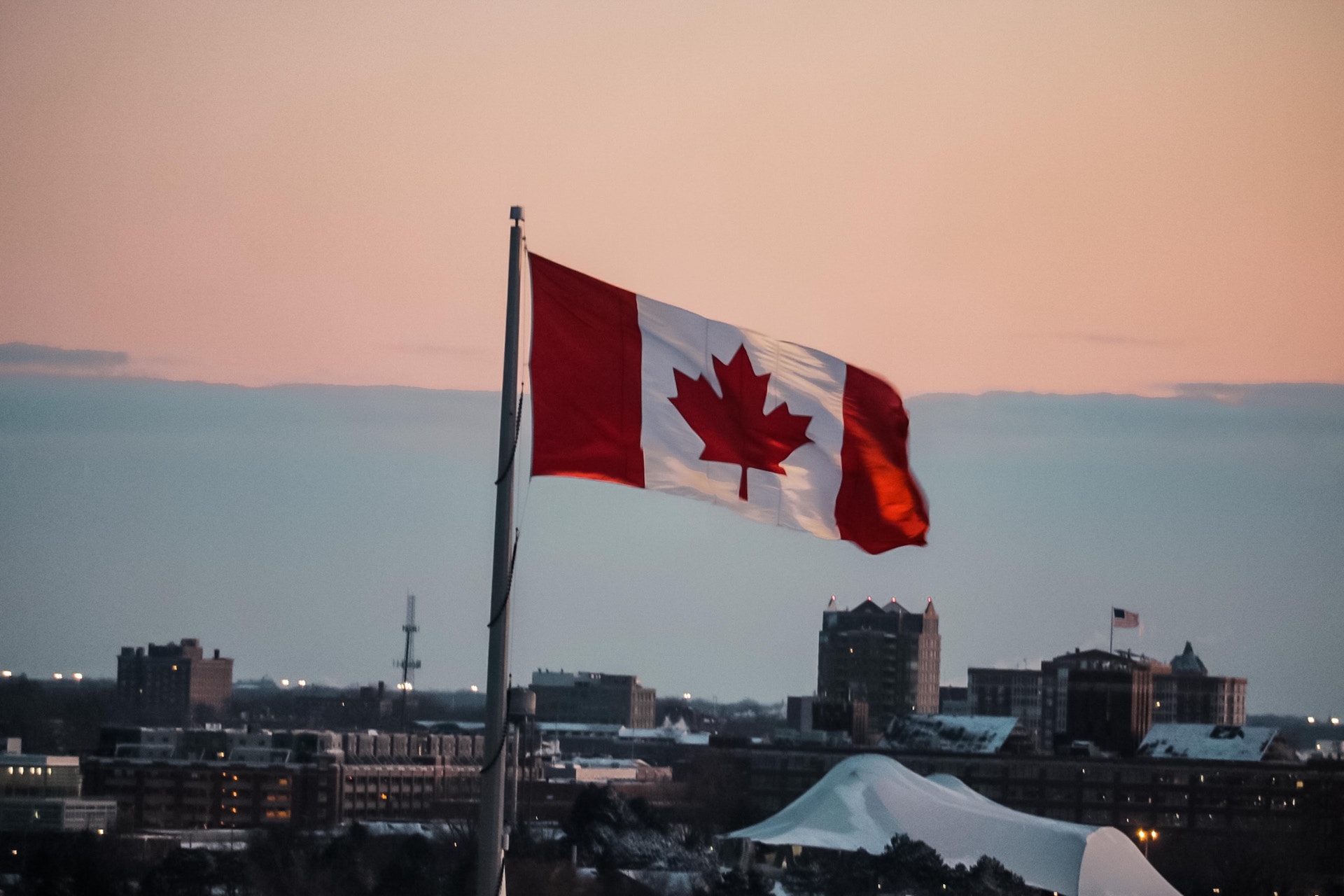Bussiness
Canadian Economy Underperforms US, Largest Gap On Record: RBC – Better Dwelling

The Canadian economy is getting ready to part ways with its closest ally, at least when it comes to performance. A new analysis from RBC looks at the emerging gap between the historically intertwined economies, and notes Canada is significantly underperforming its neighbours to the South. The weakness of Canada’s highly indebted households in contrast to the robust strength of American households, has led to the largest gap between the two counties on record. That means both countries may require very different monetary policy decisions in the near-term.
Canadian Economy Has Never Underperformed The US By Such A Large Gap
The Canadian and US economies are historically closely intertwined, and it’s easy to understand why. Both economies share the world’s largest unprotected border, sharing national security costs as well as allowing the free flow of goods. The U.S. represented two-thirds of Canada’s trade last year, and that’s been the case more-or-less for decades. Consequently, both economies have seen similar advances in GDP growth and inflation.
That’s changing, and fast. “The underperformance of Canada’s economy versus the U.S. since 2023 is unusual given close cross-border economic ties,” explains Claire Fan, an economist at RBC.
Her analysis shows Canadian per-capita real GDP falling significantly short of the U.S. since 2019, with a gap growing 10% by Q1. The gap is now the widest on record, going back to at least 1965, the earliest data readily available.
Unsurprisingly, that same gap is creating an inflation gap. Fan notes that annualized headline CPI from December to April was 4.3% in the U.S., but just 1.3% in Canada. The target rate of growth is 2%, so Canada may need an injection of stimulus before the U.S., which is still seeing inflation run hot—even re-accelerating.
“Economic performance has generally been in sync between the two countries in the past because of their close relationship, along with inflation trends. But more recently, the Canadian economy has started to severely and persistently underperform,” she says.
Canada’s Highly Indebted Households Can’t Keep Up With American Households These Days
The trillion dollar question—why are the two economies diverging so much? Fan notes that the output gap is still running fairly consistent when it comes to manufacturing. Where Canada and the U.S. have diverged is services, largely due to the gap in household strength.
American consumers are still cranking out substantial spending growth on services, as well as the government. This accounted for 70% of GDP growth for the U.S. Since services aren’t typically imported, Canada isn’t benefiting much from a spillover effect.
Canadian Monetary Policy Will Need To Diverge From US
Canada’s highly indebted households aren’t catching that second wind when it comes to consumer spending. Instead, supersized housing costs are consuming a greater share of income.
This problem isn’t expected to resolve quickly either. “The Canadian economy is continuing to underperform even as interest rates are set to drop slowly from high levels,” explains Fan.
Adding, “We expect Canadian GDP growth will stay soft this year, rising by just 1.3% as households continue to grapple with elevated borrowing costs. That along with persistent easing of global supply chain constraints should keep Canadian inflation lower, regardless of strong demand out of the U.S.”
One positive to this divergence is Canadian interest rates will have to diverge, explains the bank. In order to bolster demand to stabilize low inflation, the Bank of Canada will have to cut its interest rates more substantially than the U.S.
It may sound bullish when it comes to housing, but it’s important to remember a real downturn is very different from the one seen during the pandemic. An induced downturn where everyone gets to work from home and the state pads incomes is likely to be very different from a traditional recession, where unemployment climbs and fewer people have employment to return to.


)






